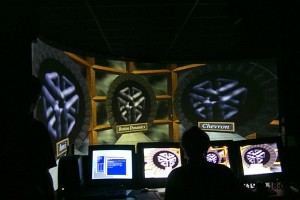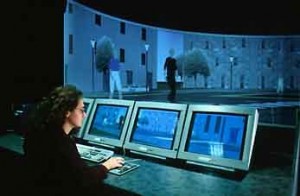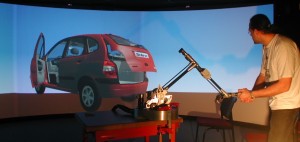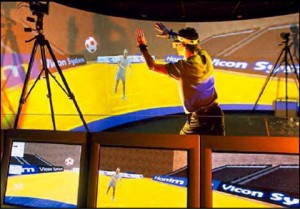 INTROSPECT
INTROSPECT
Introspect is a new ANR project, on the digital introspection of archaeological material.
It is a joint France-Quebec project.
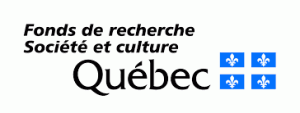
Partners :
INSA Rennes (Leader FR)
Université de Laval (Leader QC)
Inrap (FR)
INRS (QC)
CNRS (FR)
Université de Rennes 1 (FR)
Musée des Abénakis d’Odanak (QC)
ENS de Rennes (FR)
Société du patrimoine urbain de québec (QC)
Image ET (FR)
Musée de la nature et des sciences de Sherbrooke (QC)
Abstract
Material culture and the relationship to its historical context and environment are at the heart of archaeologists’ concerns. Archaeological artefacts and sediments are fragile testimonies that should be analyzed, interpreted, preserved, and enhanced. This complex relationship is changing in the digital era where archaeologists have access to virtual representations of the object or a copy obtained by 3D printing. In recent years, digitization methods markedly progressed providing a relevant response with non-destructive solutions for preservation, analysis, and dissemination of knowledge on material culture and the built environment we work on. However, those analytical techniques are limited to the surface of the objects, monuments or sites. Yet, the structural information yielding information on the transformation of raw material and the contextual relationship of its acquisition and use is a key aspect that can be handled by innovative digital approaches.
We offer to archaeologists novel uses, tools and accesses to new knowledge through digital interactive introspection methods that combine medical imaging technologies such as CT scans with 3D visualization technologies, such as mixed reality (virtual/augmented reality, tangible interactions) and 3D printing. CT scans provides a cartography of archaeological material and a systematic record of its densities; further, it allows a three-dimensional reading of the artifact. Such method analyzes the inner part of the artifact without altering it and allows the specialist to define and understand its internal structure, method of manufacture and state of conservation. When applied to archaeological sediments, that technology opens a door to an array of behaviors unavailable to the naked eye. Mixed reality provides a new context to the object and enhance the interaction between the analyst and the subject under investigation. Multidisciplinarity brings a major methodological challenge, however, the approach we propose involves the pooling of methods used in engineering, archeology and museology. Team members were selected based on their experience in team work and experience in various domains of research. They all collaborated in joint projects where everyone’s experience was put to use.
This project is part of the thematic focus “research in social sciences in the digital era” by proposing innovative ways of working based on digitization for the analysis and use of data in cultural heritage studies.

